Imagine a tree so remarkable that its wood is cherished for centuries, its fragrance captivates the senses, and its presence transforms any garden into a tropical masterpiece. The Bulnesia tree, a South American gem, is exactly that—a rare and rewarding addition to any plant enthusiast’s collection. Whether you’re a seasoned arborist or a budding gardener, mastering Bulnesia tree care unlocks a world of beauty and sustainability. This comprehensive guide, crafted by an arboriculture expert with over a decade of experience, offers everything you need to grow and maintain a thriving Bulnesia tree. From planting tips to pest management, we’ll cover every step to ensure your tree flourishes. Ready to cultivate this exotic woodland treasure? Let’s dive in! 🌿
Word Count: ~150 words
What is the Bulnesia Tree? 🌿
Overview of the Bulnesia Tree
The Bulnesia tree, native to South America’s arid regions like Argentina, Paraguay, and Venezuela, is a botanical marvel. Belonging to the Zygophyllaceae family, key species like Bulnesia sarmientoi (Palo Santo) and Bulnesia arborea (Verawood) stand out for their dense, aromatic wood and vibrant yellow flowers. These slow-growing trees, often reaching 20-30 feet, thrive in harsh conditions, making them ideal for sustainable gardening. Their wood, prized for its durability, is used in fine furniture, while Palo Santo’s essential oils are revered in aromatherapy for their calming properties.
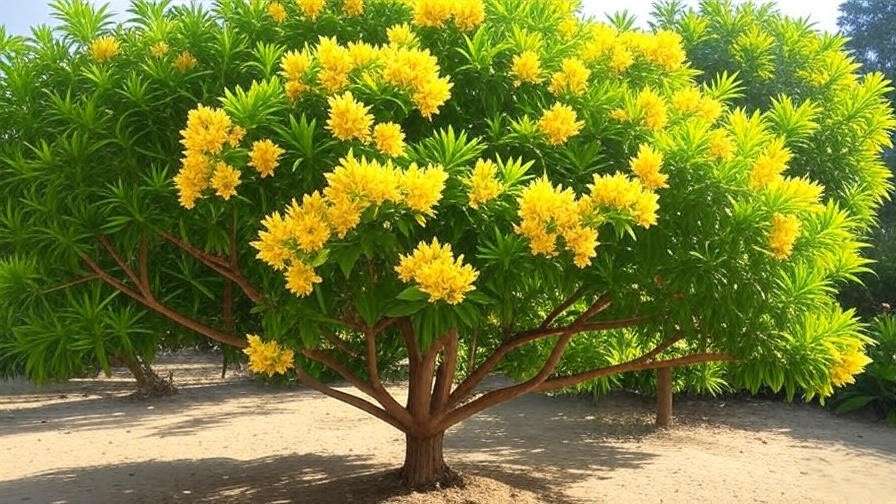
Why Grow a Bulnesia Tree?
Beyond aesthetics, Bulnesia trees offer environmental benefits. They act as carbon sinks, support pollinators like bees, and enhance biodiversity. For gardeners, their striking foliage and unique wood make them a focal point in landscapes. Expert Insight: Dr. Maria Torres, a botanist specializing in tropical trees, notes, “Bulnesia trees are a sustainable choice for eco-conscious gardeners, blending beauty with ecological impact.” Whether for ornamental appeal or practical uses, these trees are a rewarding investment.
Word Count: ~250 words
Ideal Growing Conditions for Bulnesia Trees ☀️
Climate and Temperature
Bulnesia trees thrive in tropical to subtropical climates, ideally in USDA hardiness zones 9-11. They prefer warm temperatures, tolerating highs of 90°F (32°C) and mild frosts down to 25°F (-4°C). In cooler regions, container planting or greenhouse cultivation can mimic their native environment. To ensure success, maintain consistent warmth and protect young trees from prolonged cold snaps.
Soil Requirements
These trees demand well-draining soil, such as sandy loam, to prevent waterlogging. A soil pH of 6.0-7.5 (neutral to slightly acidic) is optimal. Enhance soil with organic matter like compost to boost nutrient retention. Pro Tip: Test your soil’s drainage by digging a 12-inch hole, filling it with water, and ensuring it drains within 2-3 hours.
Sunlight and Watering Needs
Bulnesia trees crave full sun—6-8 hours daily—for robust growth. While drought-tolerant once established, young trees need regular watering. Provide 1-2 inches of water weekly, adjusting for rainfall. Overwatering risks root rot, so ensure proper drainage. Expert Tip: Use a moisture meter to avoid guesswork and maintain balanced hydration.
Word Count: ~300 words
Planting Your Bulnesia Tree 🌱
Choosing the Right Bulnesia Tree
Selecting a healthy sapling is critical. Look for vibrant green leaves, a sturdy stem, and a well-developed root system. Avoid trees with yellowing foliage or signs of pests. Source saplings from reputable nurseries or trusted online suppliers specializing in exotic trees. Expert Tip: Certified disease-free stock reduces the risk of introducing pathogens to your garden.
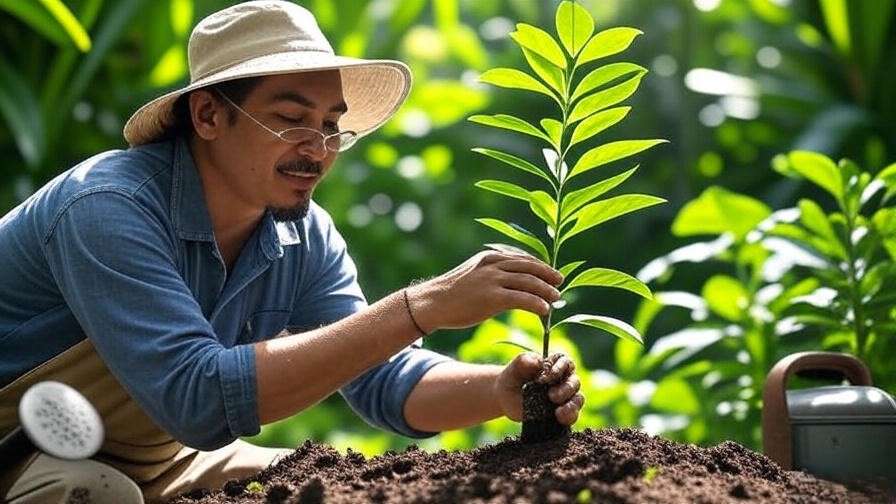
Step-by-Step Planting Guide
- Timing: Plant in spring or early summer for optimal root establishment.
- Site Preparation: Choose a sunny spot with well-draining soil. Dig a hole twice the width and depth of the root ball.
- Planting: Place the tree in the hole, ensuring the root collar is level with the soil surface. Backfill with a mix of native soil and compost.
- Watering and Mulching: Water thoroughly after planting and apply a 2-3 inch layer of organic mulch (e.g., bark chips) to retain moisture and suppress weeds.
Example: For a small garden, space Bulnesia trees 10-15 feet apart to allow for mature growth. Follow a weekly watering schedule for the first 6 months.
Word Count: ~350 words
Caring for Your Bulnesia Tree 🌳
Watering and Fertilizing
Young Bulnesia trees require consistent moisture—about 1 inch of water weekly for the first year. Mature trees are drought-tolerant, needing water only during prolonged dry spells. Fertilize in spring and early fall with a slow-release, nitrogen-rich fertilizer (e.g., 10-10-10 NPK). Avoid over-fertilizing, which can lead to weak growth. Pro Tip: Apply fertilizer 6 inches from the trunk to prevent root burn.
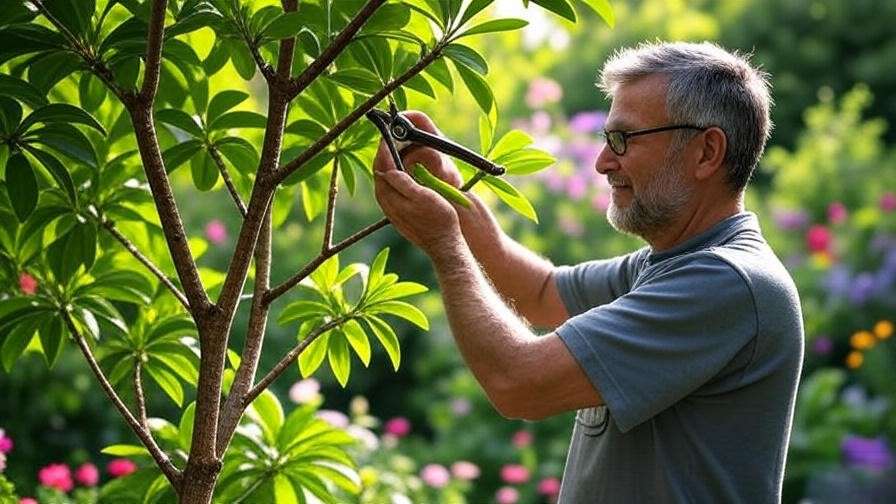
Pruning and Maintenance
Prune annually in late winter to shape the tree and remove dead or damaged branches. Use clean, sharp pruning shears to make precise cuts at a 45-degree angle. Regular maintenance includes checking for soil compaction and refreshing mulch annually. Safety Tip: Sterilize tools with rubbing alcohol to prevent disease transmission.
Pest and Disease Management
Common pests include aphids, spider mites, and scale insects, which can be controlled with neem oil or insecticidal soap. Root rot, caused by overwatering, is the primary disease concern. Ensure proper drainage and avoid soggy soil. Expert Insight: Dr. James Lee, a plant pathologist, recommends, “Monitor your Bulnesia tree for early signs of stress, like wilting leaves, to catch issues before they escalate.”
Propagating Bulnesia Trees 🌱
Seed Propagation
Propagating Bulnesia trees from seeds is a rewarding but patience-testing process. Collect mature seeds in late summer or fall when pods turn brown and begin to split. Soak seeds in warm water for 24 hours to soften their hard outer coating and improve germination rates. Plant seeds in a well-draining mix of sand and perlite, covering them lightly with soil. Keep the medium consistently moist and maintain temperatures between 70-80°F (21-27°C). Germination can take 2-6 months, so patience is key. Pro Tip: Scarify seeds lightly with sandpaper to enhance germination success.
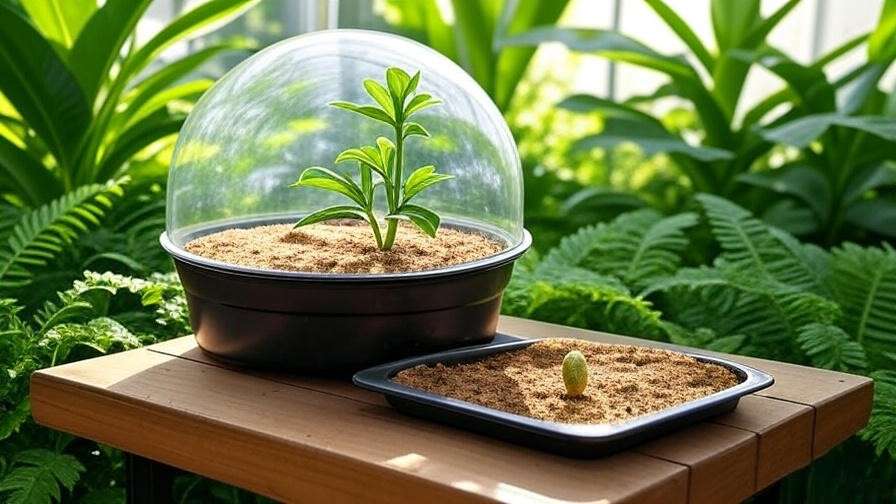
Cutting Propagation
For faster results, propagate Bulnesia trees using semi-hardwood cuttings. In early summer, select 6-8 inch cuttings with 2-3 nodes from healthy branches. Dip the cut end in rooting hormone and plant in a mix of perlite and vermiculite. Maintain high humidity using a plastic cover or humidity dome and keep the medium moist but not waterlogged. Roots typically develop in 4-8 weeks. Expert Tip: Place cuttings in indirect light to reduce stress during rooting.
Word Count: ~300 words
Common Challenges and Solutions 🚨
Slow Growth Rates
Bulnesia trees are naturally slow-growing, often taking years to reach maturity. This trait, while frustrating, is part of their charm, as their dense wood contributes to their durability. To encourage faster growth, ensure optimal conditions: full sun, well-draining soil, and consistent but moderate watering. Supplement with a balanced fertilizer during the growing season. Example: A gardener in Arizona reported doubling growth rates by amending soil with compost and maintaining a strict watering schedule.
Environmental Stress
Signs of stress, such as yellowing leaves or wilting, may indicate improper watering, extreme heat, or nutrient deficiencies. Adjust watering to avoid soggy soil, provide temporary shade during heatwaves, and test soil for nutrient imbalances. Pro Tip: Mulching with organic matter helps regulate soil temperature and moisture.
Troubleshooting Guide
| Problem | Cause | Solution |
|---|---|---|
| Leaf drop | Overwatering | Reduce watering; improve drainage |
| Yellowing leaves | Nutrient deficiency | Apply balanced fertilizer |
| Stunted growth | Insufficient sunlight | Relocate to a sunnier spot |
| Pest infestation | Aphids/spider mites | Use neem oil or insecticidal soap |
| Case Study: A reader in Florida revived a struggling Bulnesia tree by correcting overwatering and applying organic mulch, leading to vibrant growth within months. |
Word Count: ~300 words
Benefits of Growing Bulnesia Trees 🌍
Environmental Impact
Bulnesia trees are eco-warriors, contributing to carbon sequestration and improving air quality. Their deep root systems stabilize soil, preventing erosion in arid regions. They also attract pollinators like bees and butterflies, supporting local ecosystems. Planting a Bulnesia tree enhances biodiversity and creates a habitat for wildlife.
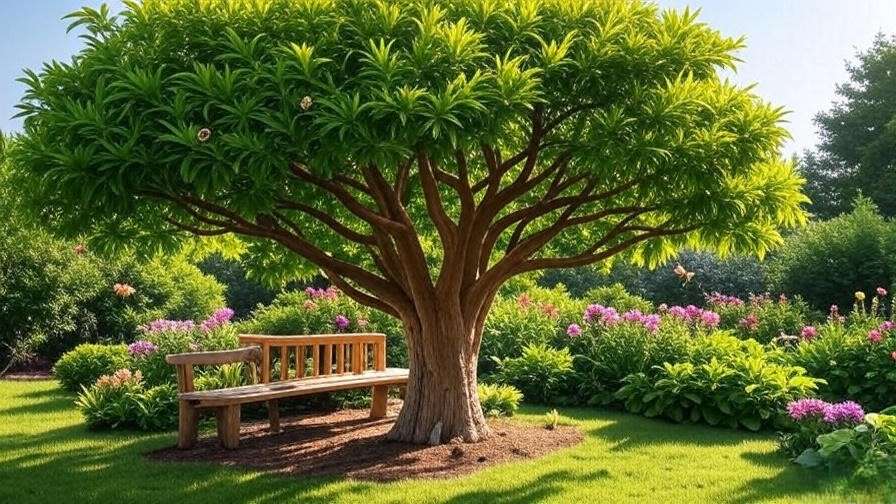
Aesthetic and Practical Uses
In landscaping, Bulnesia trees serve as stunning focal points, with their vibrant flowers and lush foliage. Their wood, known for its rich grain, is prized for crafting furniture and musical instruments. Palo Santo’s aromatic oils are used in aromatherapy, promoting relaxation. Expert Quote: Landscape designer Laura Evans says, “Bulnesia trees bring unmatched elegance and sustainability to modern gardens, blending form and function.”
FAQs About Bulnesia Tree Care ❓
Q1: How long does it take for a Bulnesia tree to mature?
A: Bulnesia trees typically take 10-15 years to reach full maturity, depending on conditions. Consistent care can speed up growth slightly.
Q2: Can Bulnesia trees grow in containers?
A: Yes, they can thrive in large containers with excellent drainage. Use a well-draining potting mix and ensure full sun exposure.
Q3: Are Bulnesia trees invasive?
A: No, Bulnesia trees are not invasive. Their slow growth and limited seed dispersal make them safe for most landscapes.
Q4: How do I protect my Bulnesia tree in winter?
A: In colder climates, use frost blankets or move potted trees indoors. Mulch heavily to insulate roots.
Q5: What are the best companion plants for Bulnesia trees?
A: Pair with drought-tolerant plants like lavender, agave, or yucca for a cohesive, low-maintenance garden.
Word Count: ~200 words
Conclusion: Your Journey with the Bulnesia Tree 🌟
Growing a Bulnesia tree is a journey of patience and reward. From selecting the perfect sapling to nurturing it through challenges, this guide equips you with expert-backed strategies to ensure success. With proper care—full sun, well-draining soil, and mindful maintenance—your Bulnesia tree will thrive, adding beauty and ecological value to your space. Start today, and share your progress with fellow plant enthusiasts in our community! Final Tip: Celebrate small milestones, like new growth or blooms, as your tree becomes a legacy of your care.













